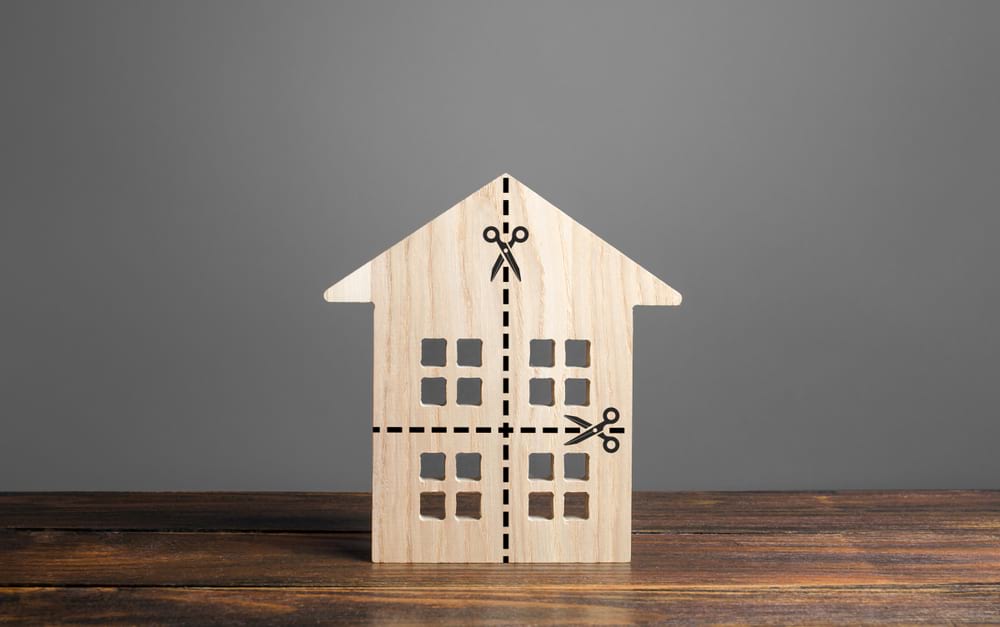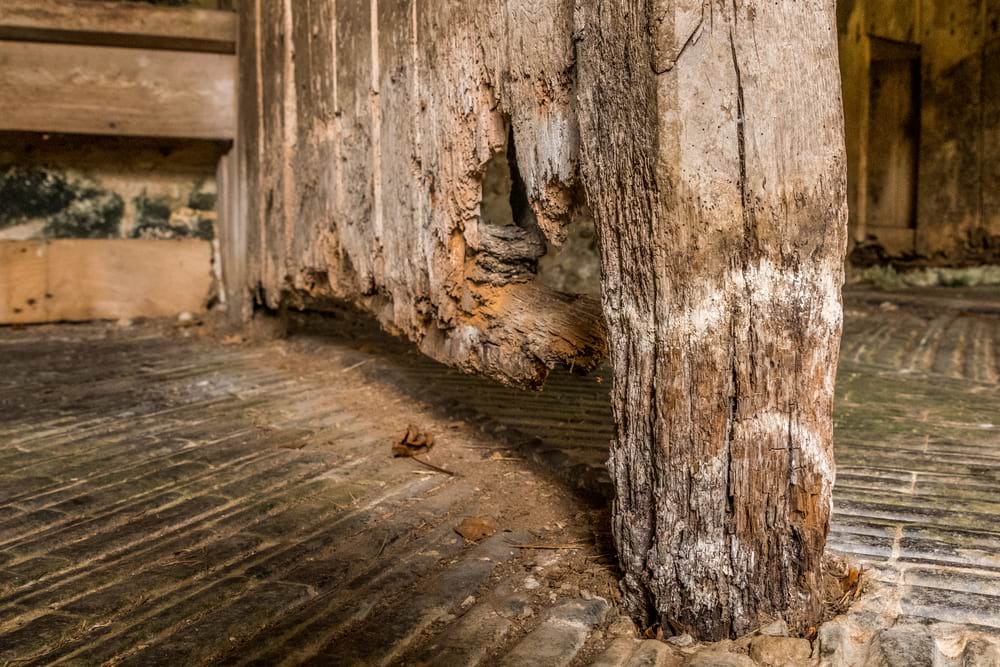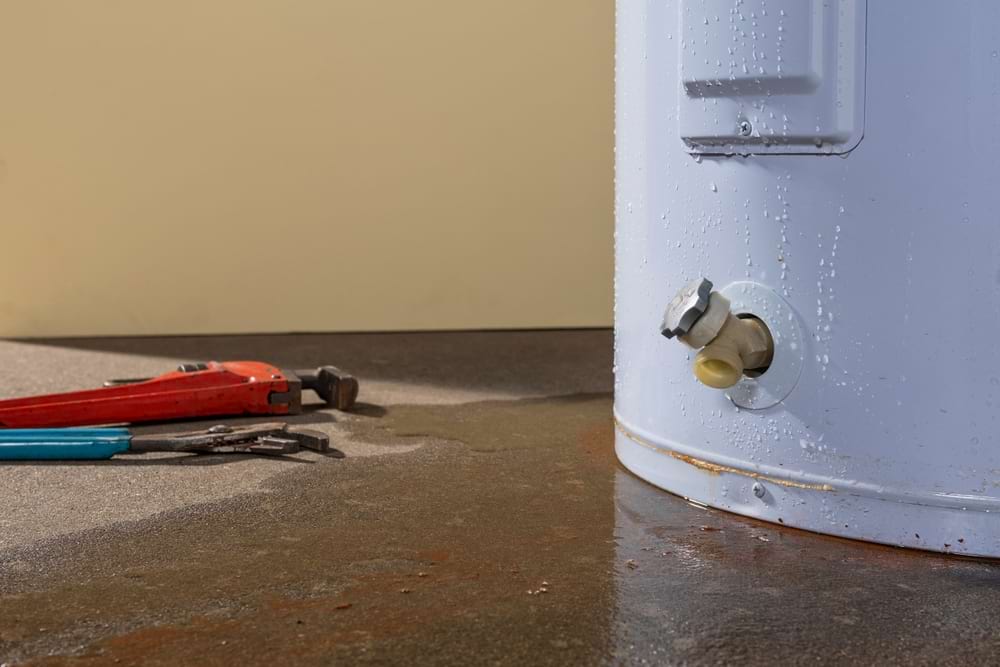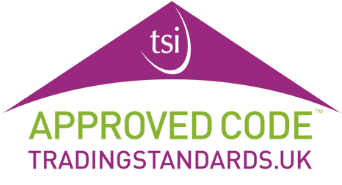People often buy homes together.
This means that they also sell it together.
But this raises questions.
For example, how much does each person get from the sale? And can you sell a shared house if not everyone’s onboard?
Read on to learn more.
Can a house have multiple owners?
It’s extremely common for properties to have multiple owners.
This is arranged by either a joint tenants agreement or a tenants in common agreement.
Properties are generally more affordable with multiple owners because you can borrow more for your mortgage. And your combined deposit could be larger.
Often, people who do this are siblings or couples. But friends will sometimes co-own a property, too.
A contract must outline each person’s ownership share and responsibilities.
How to sell a house with multiple owners
Understand the type of ownership
The type of co-ownership is essential when you sell.
For joint tenants, everyone needs to agree to sell the house.
However, for tenants in common, one person can sell their share without necessarily impacting the others.
Get agreement on the sale, or settle it in court
You’ll need to get written agreement from all the owners about selling the house.
This might involve selling one person’s stake in it. Or it could be selling the entire thing.
If you disagree about this subject, it must be settled in court.
Find a solicitor who can help you
Once it’s decided that you’ll sell the house, find a conveyancer or solicitor. This process can handle all the paperwork that you don’t want to do.
They’ll review your contract and guide who gets the proceeds. They’ll also ensure no ongoing legal challenges surrounding the house.
Choose an estate agent
You should find an estate agent to help you sell the house.
The one you choose can significantly impact your chances of a successful sale. Their experience, skills, and network all play a role.
Prepare your property for a sale
Your property needs to look great if you want to get the best price possible.
This involves:
- Marketing it to the right audience
- Staging it for viewings
- Preparing documents for its sale (not having these ready can delay sales).
Divide the proceeds
Once you find a buyer, conveyancing occurs, and the sale can be completed.
The final step is dividing the sale proceeds among the co-owners. You receive the selling price (different from the asking price), minus any outstanding mortgage and legal fees.
Your solicitor should already have explained who gets how much. Depending on your ownership arrangement and share structure, it might not be equal.
What happens if owners disagree about selling a house?
This situation can often end up in court.
Under a joint tenancy agreement, all owners must agree. If they don’t, the one who wants to sell can take the other(s) to court. But they’ll need a valid reason to break the contract.
Under a tenancy in common, one person can sell their share without it affecting the others.
The shares in the house will be transferred to the new buyer. This doesn’t usually need permission.
Who gets what percentage of the sale price with multiple house owners?
This should be outlined in your ownership contract.
As joint tenants, it’s usually a 50/50 split. But as a tenancy in common, it can be divided in hundreds of different ways.
Usually, when you first buy the house, the ownership arrangement is established.
But this can be amended as time passes, perhaps because one person pays for the refurbishment.
Should both owners have the same solicitor when selling?
It’s up to you.
Most experts recommend that each person have their own solicitor. But when you’re joint tenants, this may not feel necessary if you’re on the same page.




















